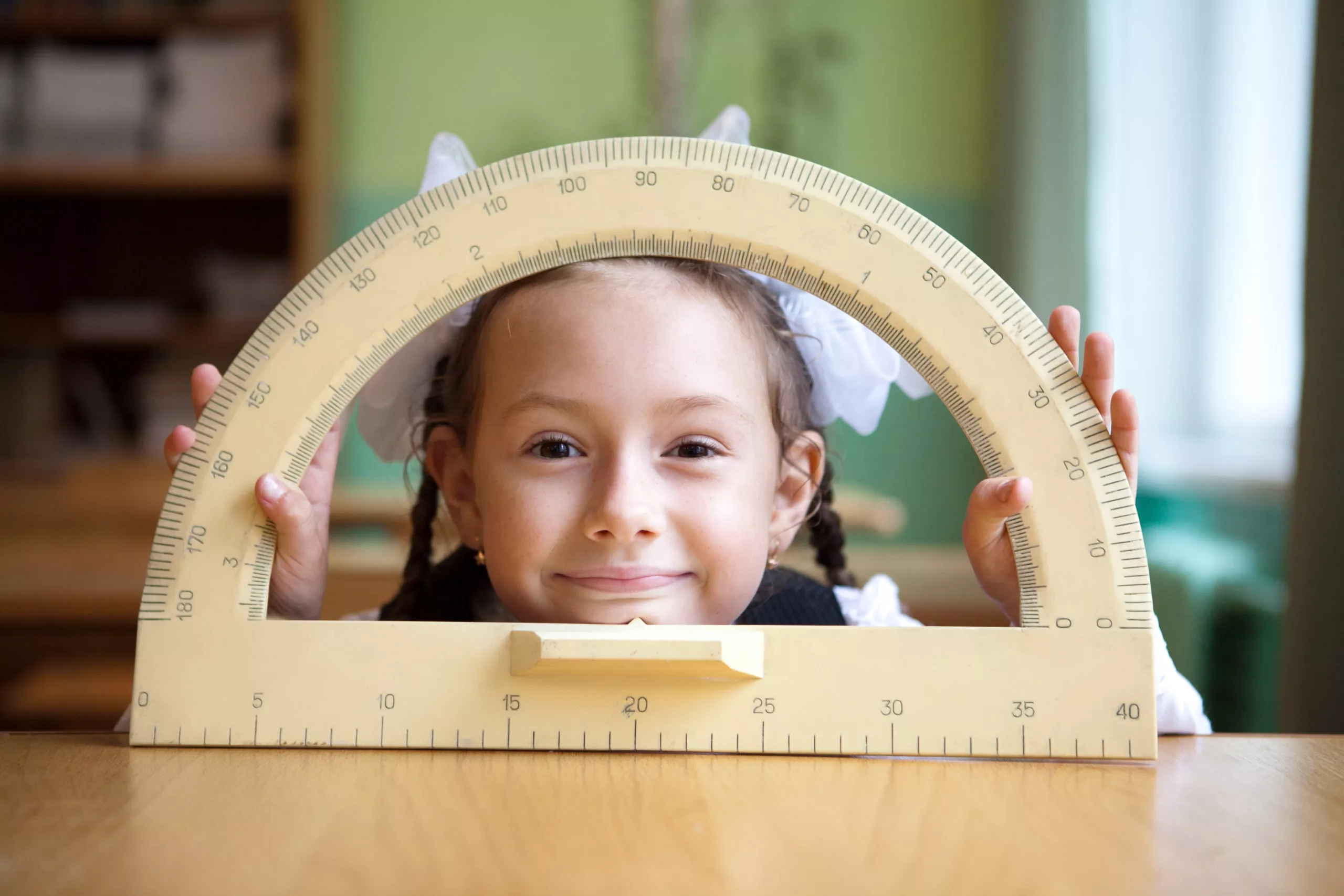
As kids spent much of the 2020-21 year learning virtually during the COVID-19 pandemic, parents are finding themselves concerned about the impact of all of the increased screen time and decreased time indoors. Researchers have now backed up that concern with a study that found an uptick in nearsightedness in children, especially those between the ages of 6 and 8 years old during home confinement.1 “A substantial myopic shift (−0.3 diopters) was noted in children 6 to 8 years,” the study reports. “The prevalence of myopia increased 1.4 to 3 times in 2020 compared with the previous five years.”2
Matt Oerding, father of 11-year-old Kate and CEO and co-founder of Treehouse Eyes, is one of the parents who saw the change happen. Kate was previously diagnosed with myopia, or nearsightedness, and the pandemic accelerated its progression. “During the pandemic, while she was virtually learning, in eight months her myopia worsened by over a diopter. Even despite treatment which we know was helping her, her myopia really went through the roof over the last year.”3
With the knowledge that the pandemic could have made an impact on kid’s vision health, and the fact that children likely headed back into the classroom this fall, now is the time to have your child’s vision checked by an eye care professional. Poor vision can directly impact a child’s ability to learn as 80% of learning is visual and happens through the eyes.4
What you can do?
The most important thing you can do today is to get your child an eye exam—now is the time.
When it comes to having a comprehensive eye exam, the American Optometric Association says the sooner the better.5 It’s important not to delay eye exams for young infants and children because some early eye problems can affect vision for life. Finding a problem early can keep a minor issue from becoming something major and harder to treat. Pediatric ophthalmologist Elias Traboulsi, MD, MEd, emphasizes that eye exams aren’t merely a way to know whether your child needs glasses. Like regular exams with a pediatrician, eye exams are about preventive care.6 It’s also important to remember that a vision screening is not the same as a comprehensive exam. [Download: Understand the Differences: Eye Exams vs. Vision Screenings].
Encourage regular breaks from close-up work and even though summer is coming to an end, continue to get outside.
While increased screen time is concerning, it’s not the only thing to blame. Dr. Emily McCourt, the chief of ophthalmology at Children’s Hospital Colorado, says, “The data tells us it’s really prolonged near work — so reading or screens that are associated with a higher rate of nearsightedness in children.”7 The more time kids spend doing up-close activities inside like reading and working on their electronic devices, the less natural light the eye is getting to develop properly.8 A simple and effective tool is the 20-20-20 rule: encourage your child to take a 20-second break to view something 20 feet away every 20 minutes.9
In addition to taking regular breaks from near work, spending time outdoors is one of the key lifestyle changes known to help mitigate the risk of myopia in children.10 Sunlight promotes healthy eye growth and lowers the chances of nearsightedness.11 Spending more time outside can slow myopia progression and decrease the risk of onset myopia by 50%.12 [Read: Here’s why more time outside is important for your child’s eyesight]
Pay attention to the potential signs of vision issues
It’s important to remember that a child may not tell you that they have a vision problem because they may think the way they see is the way everyone sees.13 Some signs that may indicate a child has a vision problem include:14
- Complaints of discomfort and fatigue
- Frequent eye rubbing
- Frequent blinking
- Short attention span
- Constant squinting or grimacing when reading or focusing
- Avoiding reading and other close activities
- Frequent headaches
- Covering one eye
- Tilting head forward or backward when looking at distant objects
- Sitting close to the blackboard
- Holding books closer when reading
- Excessive clumsiness, diminished coordination
- Poor penmanship
- Difficulty remembering what he or she read
Most importantly, ask questions and listen to your child. [Read: Are vision problems affecting your kid’s performance at school? Here’s what to watch for.]
Understand treatment options
There are myopia treatments such as hard contacts that are worn overnight to help reshape the eye, soft multifocal lenses, topical eye drops that are in development and are not yet approved, and myopia control glasses that are also not yet approved. It’s great to get familiar with myopia management options, so you are well equipped to ask your child’s eye care professional questions.

Eye exams have always been vital in ensuring that your child’s vision is healthy and that they are in the best position to learn, play, and grow. Yet, now after a year of learning virtually, it’s more important than ever to consult with an eye care professional.
Tags: myopia, nearsightedness, screen time, eye exam, eye health, myopia in children, myopia prevention, outdoor activities, playing outside
